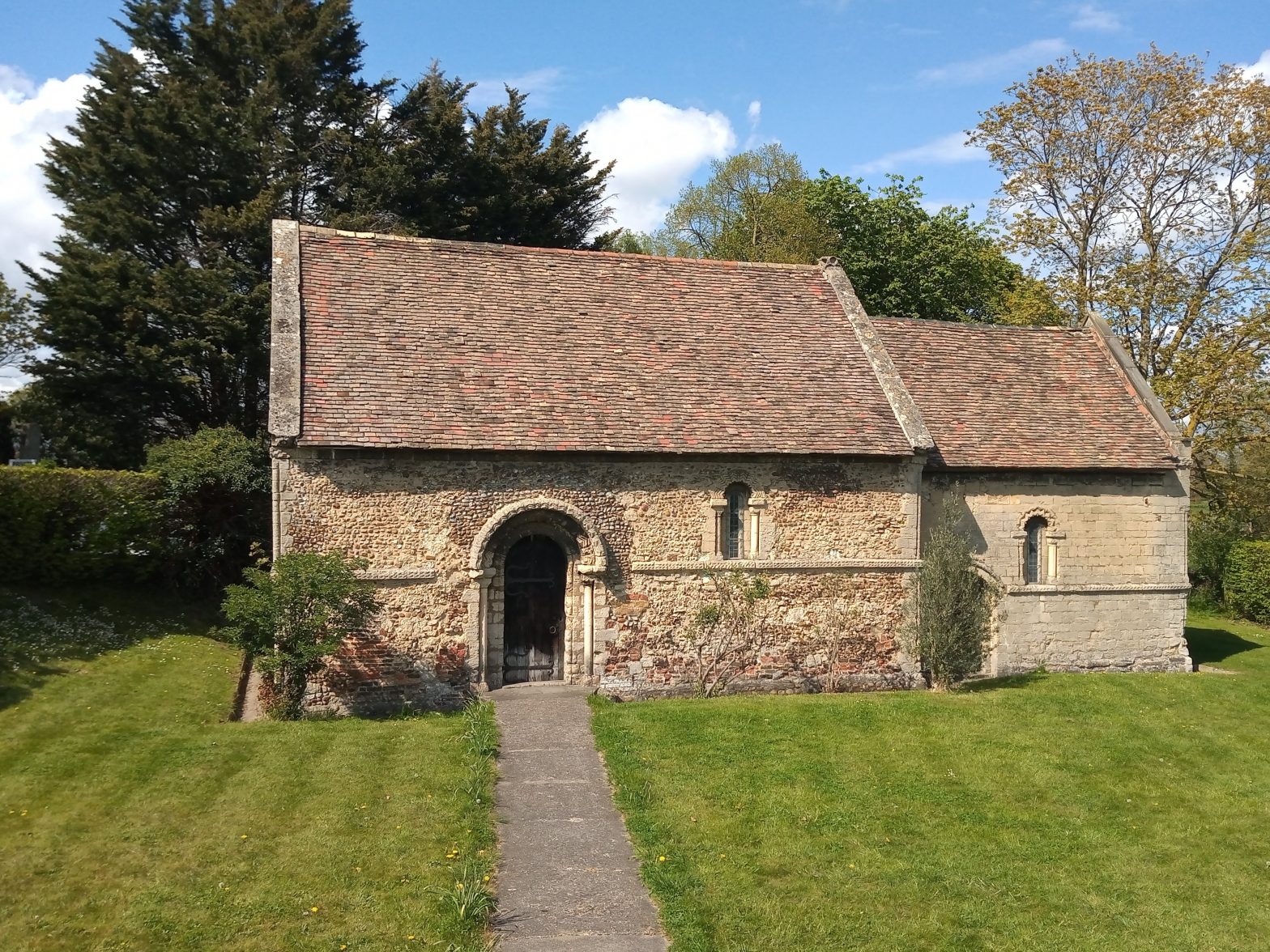Contributor: Caroline Mead
The Barnwell Junction end of Newmarket Road is now more commonly known for Cambridge United, but it was once the site of a leper hospital, known as Stourbridge Hospital. All that remains now is the incredible Leper Chapel, located just after the railway bridge. Move over Peterhouse, this also has claims to be the oldest building in Cambridge, estimated to date from 1125.
In 1199, the chapel was given royal dispensation from King John to hold a fair on its grounds to help the lepers, which became known as Stourbridge Fair. From 1211, the fair took place around the Feast of the Holy Cross (14 September). Rent from the stalls added a considerable amount to the hospital’s income, which was otherwise derived from less profitable activities such as begging, and gaining rent from land holdings.
The fair took place on the land around the hospital all the way down to the river. It was a general fair, selling iron, horseshoes, soaps, wool, baskets, cloth, fish and herbs. The fair was immensely popular, and grew to become the largest medieval fair in Europe. You can see its legacy in local street names – Oyster Row, Garlic Row and Mercers Row. It was not without its problems however – in 1700, Edward Ward, in his pamphlet ‘A step to Stir-Bitch fair’ wrote that among the fair’s patrons were ‘… scholars, tradesmen, whores, hawkers, pedlars and pickpockets.’
The fair ran for more than 700 years, and the last fair was held in 1933, but the tradition has been revived in the 21st Century by Cambridge Past, Present and Future, who have looked after the building since 1951.
The position of Leper Chapel Priest became one of the most lucrative jobs in the English Church, more a sinecure in fact, as the chapel had no parish, the leper hospital stopped admitting new lepers in 1279, and the existing community moved out to Ely. Nice job if you could get it!
The Leper Chapel stopped being a regular place of worship in 1751. When the fairs were on, it was used as a pub, in between fairs it operated as a store for fair items. However, it is now under the auspices of Holy Cross Church who hold a service there once a month. It also sometimes hosts theatre events (I went to a fantastic ghost story event there once too.)
The grounds are always open, but you can only visit inside at an official event – take a look at the Cambridge Past, Present and Future website for details: https://www.cambridgeppf.org/

As a regular visitor to Cambridge, your informative pieces on Hidden Cambridge are a valuable and fascinating source of information and history, ranging from the quirky (Tony’s Trough) to this one on the Leper Chapel and its extraordinarily rich story. Thank you Caroline Mead. I look forward to future discoveries.